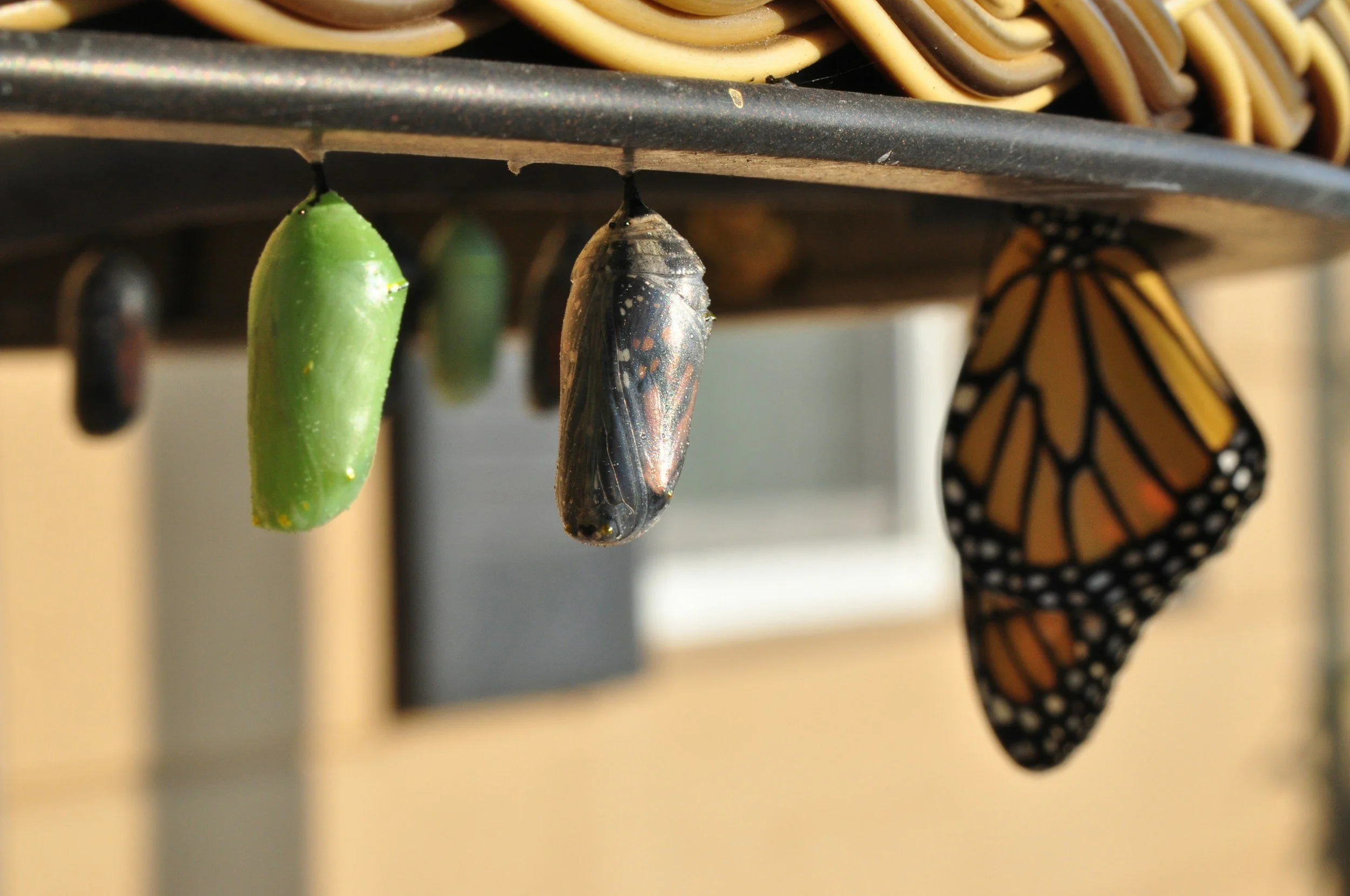Family Patterns: Uncovering the Roots of Imposter Syndrome
Imposter syndrome often feels like a personal failing, a silent question mark hanging over every achievement: “Do I really belong here?” But the roots of this experience are rarely individual. Often, they trace back to the dynamics of our earliest relationships—the ones we build within our families.
Family Dynamics: The Foundation of Self-Perception
Our original blueprint for relationships and self-worth is drawn from our families. If you grew up feeling unseen or unheard within your family, those patterns can unconsciously shape how you approach relationships and challenges later in life. The expectations and behaviors you internalized—whether it was a struggle for attention, validation, or understanding—become the framework you rely on to navigate the world.
Without awareness, these behaviors continue to recur. For example, if you learned to overachieve to gain recognition from your family, you might carry that habit into adulthood, constantly striving yet feeling like it’s never enough. This cycle fuels the feelings of fraudulence that define imposter syndrome.
The Role of Protective Factors
Protective factors—those moments, relationships, or experiences that make you feel truly seen and valued—are crucial. These factors can serve as anchors, helping you break free from ingrained patterns. People who experience more of these favourable influences tend to have greater resilience and an improved ability to form relationships that meet their emotional needs.
When you explore what made you feel validated and authentic in the past, you can begin to replicate those dynamics in your current relationships. Over time, these healthier interactions help loosen the grip of imposter syndrome.
Breaking the Cycle: Why Family Patterns Are the Toughest to Change
Family patterns are some of the hardest to break because they’re often deeply ingrained and long-standing. I’ve seen this challenge in my own life and with others I’ve worked with—especially when it comes to sibling relationships. These bonds are often the longest connections we’ll ever have, making it tricky to redefine roles or expectations over time.
Interestingly, I’ve found that many people (myself included) feel more comfortable practicing new, healthier relational behaviors with colleagues or friends first. These newer connections don’t carry the same historical baggage, creating a safer space to experiment with boundaries, assertiveness, or vulnerability without fear of upsetting old dynamics.
As you grow and develop healthier patterns, you might notice something surprising: some people in your life may no longer align with your new ways of being. While this can feel isolating, it’s also a sign of growth. The relationships that endure will often do so because they’ve evolved alongside you, adapting to reflect your progress and values.
Why Growth Can Feel Like Imposter Syndrome
When you begin to break old patterns and engage in healthier relationships, it’s common to feel like an imposter. After all, you’re stepping into uncharted territory, embracing behaviors and dynamics that may feel foreign. If you’ve never experienced these patterns with your family, the authenticity of your new relationships might feel “wrong” or “undeserved.”
This discomfort doesn’t mean your growth is inauthentic. It’s simply a sign that you’re moving beyond what you’ve known. The key is to keep testing and refining these new behaviors, even if they feel unnatural at first.
Accepting Your Evolution
Family often holds us in place, tethering us to roles and expectations that feel impossible to shed. Yet, growth demands that we challenge these ties. As you evolve, it’s vital to accept that not everyone will grow with you—and that’s okay.
The process of breaking family patterns isn’t about rejecting your family. It’s about understanding where you’ve come from, recognizing what no longer serves you, and allowing yourself the freedom and grace to create healthier dynamics elsewhere. As you do this, you’ll start to feel more grounded in your worth, leaving less room for imposter syndrome to take root.
Moving Forward
Breaking free from family patterns is challenging but deeply rewarding work. By understanding the connection between these dynamics and imposter syndrome, you’re already taking the first step toward healing and growth. With time, effort, and a willingness to embrace discomfort, you can rewrite your story and build relationships that truly reflect your evolving self.
Quick Takeaways
✔️Family dynamics shape your perception of self-worth.
✔️Protective factors can anchor healthier relationships.
✔️Growth may feel uncomfortable but is essential for overcoming imposter syndrome.
Download Your Free Self-Reflection Worksheet
Take the next step in breaking family patterns. This guided worksheet will help you identify the dynamics that shaped you, recognize your protective factors, and set actionable goals for healthier relationships.
Ready to rewrite your story and break free from the patterns holding you back? Explore how personalized therapy can help you embrace your worth and let go of imposter syndrome.
Schedule your free 15-minute discovery call today.






